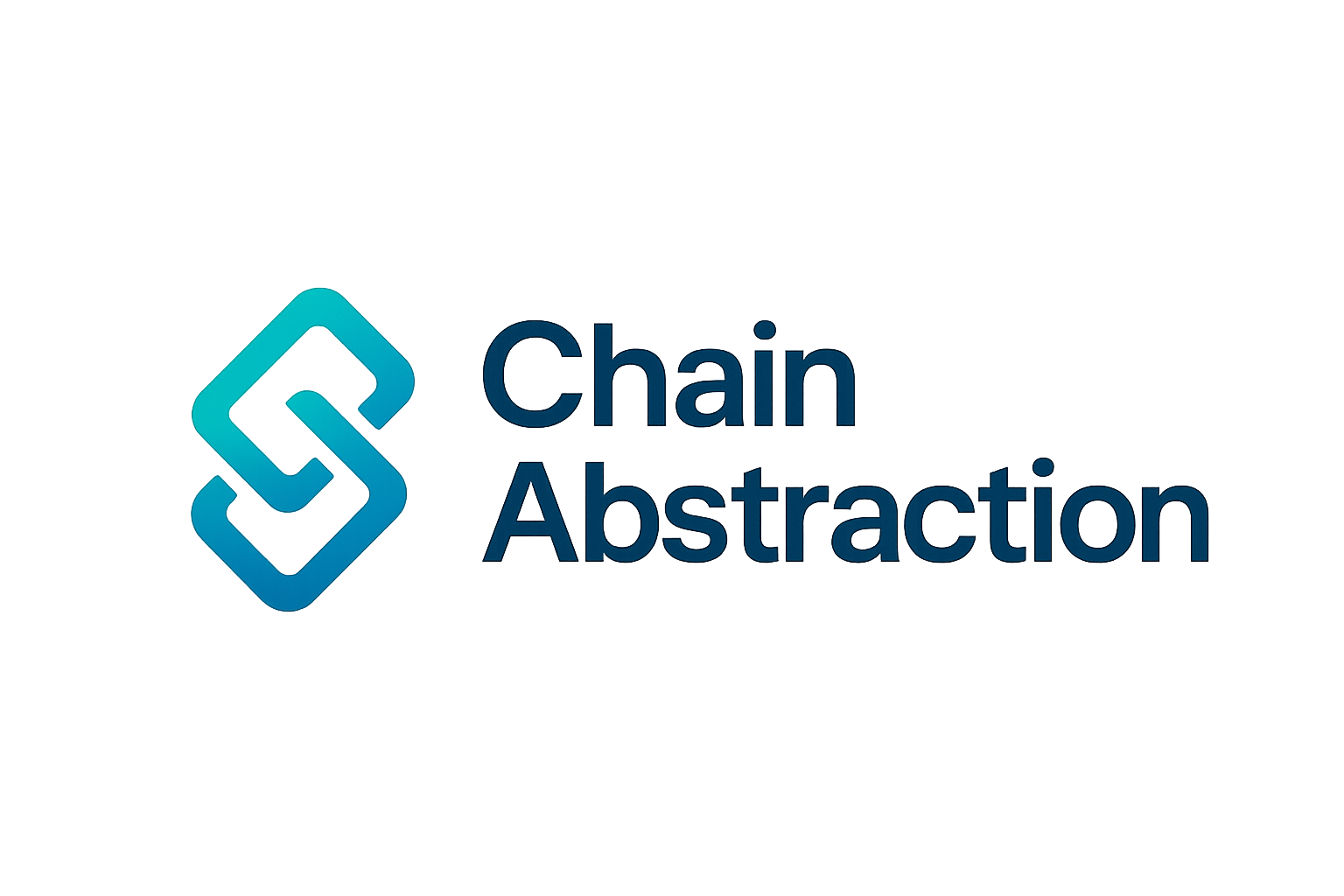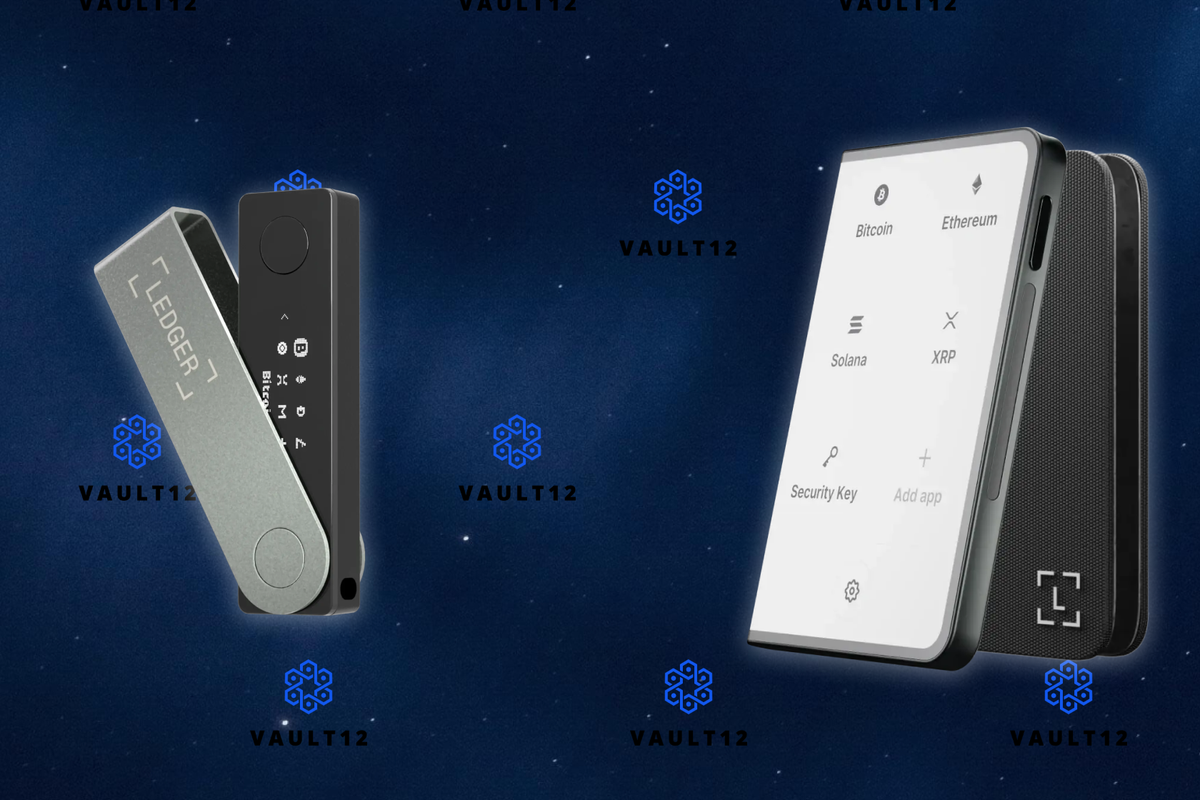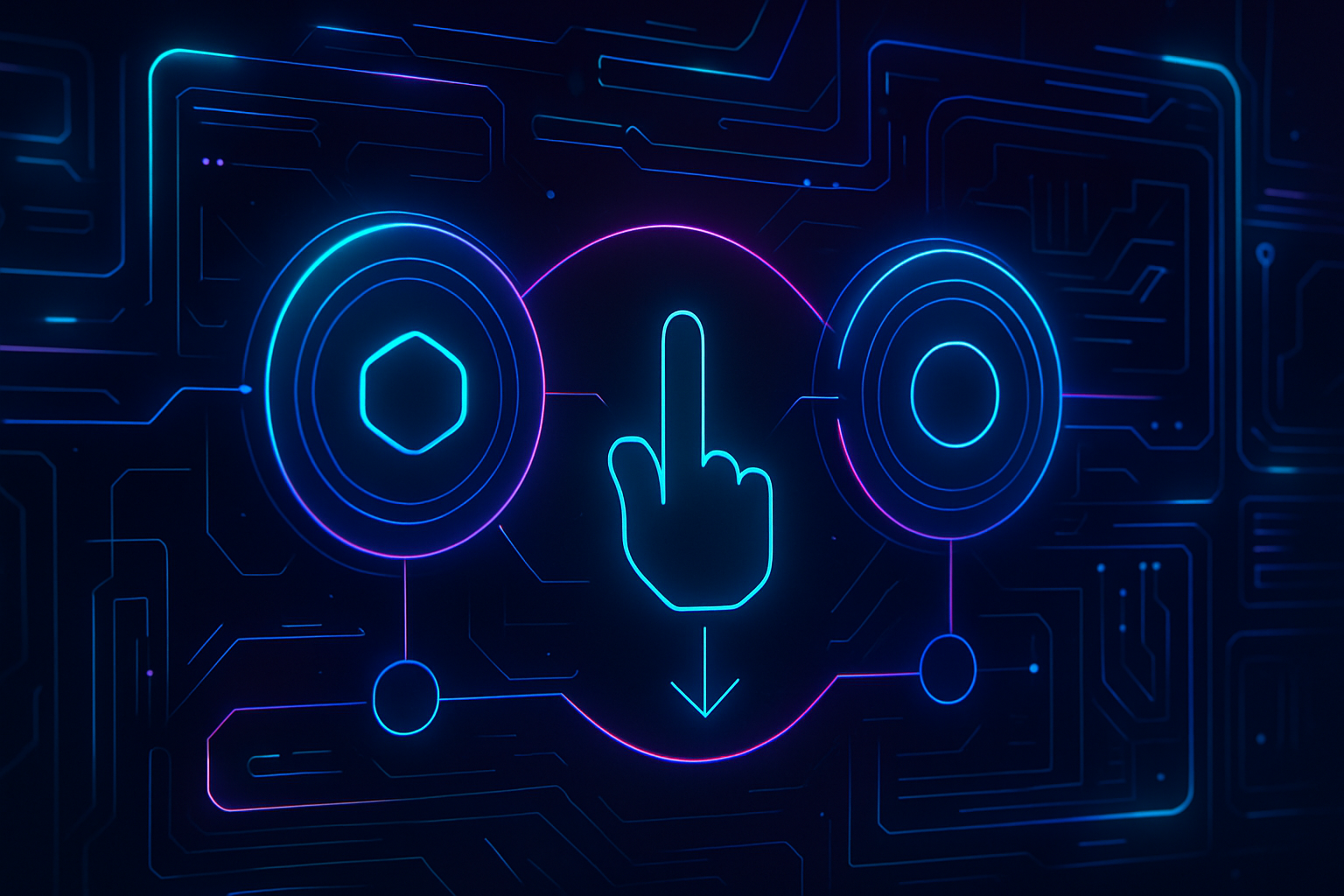
In the race to simplify decentralized finance, chain abstraction has emerged as the breakthrough that could finally make cross-chain transactions as seamless as a single click. Today’s blockchain users are all too familiar with the headaches of bridges: juggling multiple wallets, navigating arcane interfaces, and worrying about security vulnerabilities every time assets move between networks. But what if there was a way to interact with any blockchain, anytime, without ever thinking about bridges or technical barriers?

Why Bridges Fall Short in a Multi-Chain World
Bridges were once seen as the gateway to interoperability. They lock up tokens on one chain and mint their equivalent on another, but this approach is fundamentally flawed for today’s complex DeFi landscape. Bridges introduce friction at every step: users must select the right bridge, pay unpredictable fees, and often wait for confirmations that can take minutes or hours. Worse still, bridges are notorious for being prime targets for exploits due to their reliance on centralized or semi-centralized validators.
The limitations of bridges have become glaringly obvious as more users demand fluidity across chains. According to zkCross Network, the real innovation lies in making these processes invisible, so users never have to ask “which network am I on?” or “where are my assets right now?”
The Chain Abstraction Paradigm: One-Click Cross-Chain Interactions
Chain abstraction is not just an incremental improvement, it’s a structural shift in how we think about blockchain UX. By decoupling user actions from underlying network complexity, chain abstraction allows anyone to send tokens, interact with dApps, or manage portfolios across multiple blockchains through a single interface.
This is achieved via advanced cryptographic techniques like Multi-Party Computation (MPC) and innovations such as NEAR’s Chain Signatures. These technologies enable a unified crypto wallet where one account can control assets and execute transactions across disparate blockchains without manual bridging.
Bridge-Based vs. Chain Abstraction UX: Key Differences
-
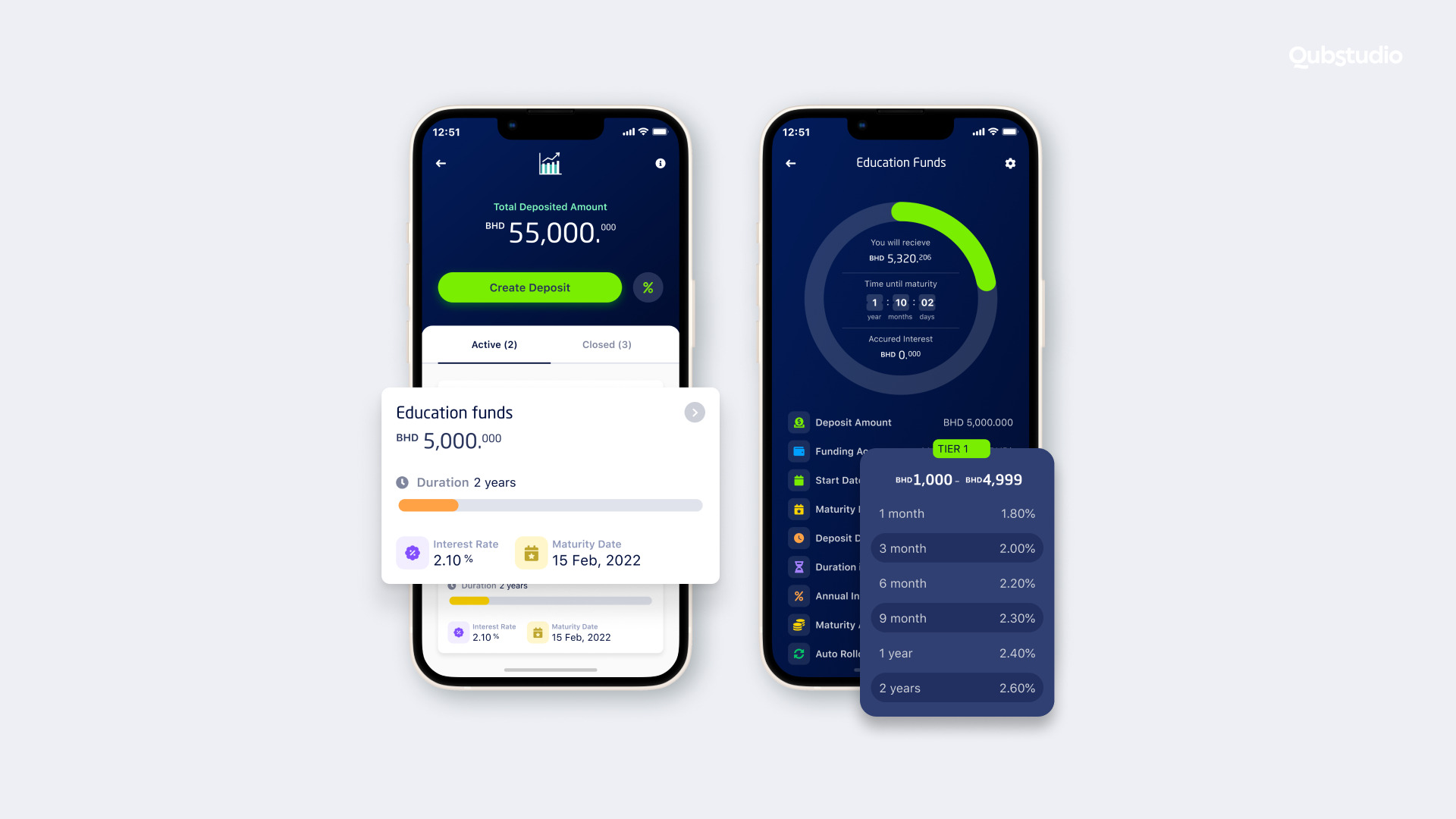
User Complexity: Bridge-based UX requires users to manually select bridges, manage multiple wallets, and handle network fees for each chain. Chain abstraction offers a unified interface, abstracting away network details, so users interact with multiple chains as if they were one.
-
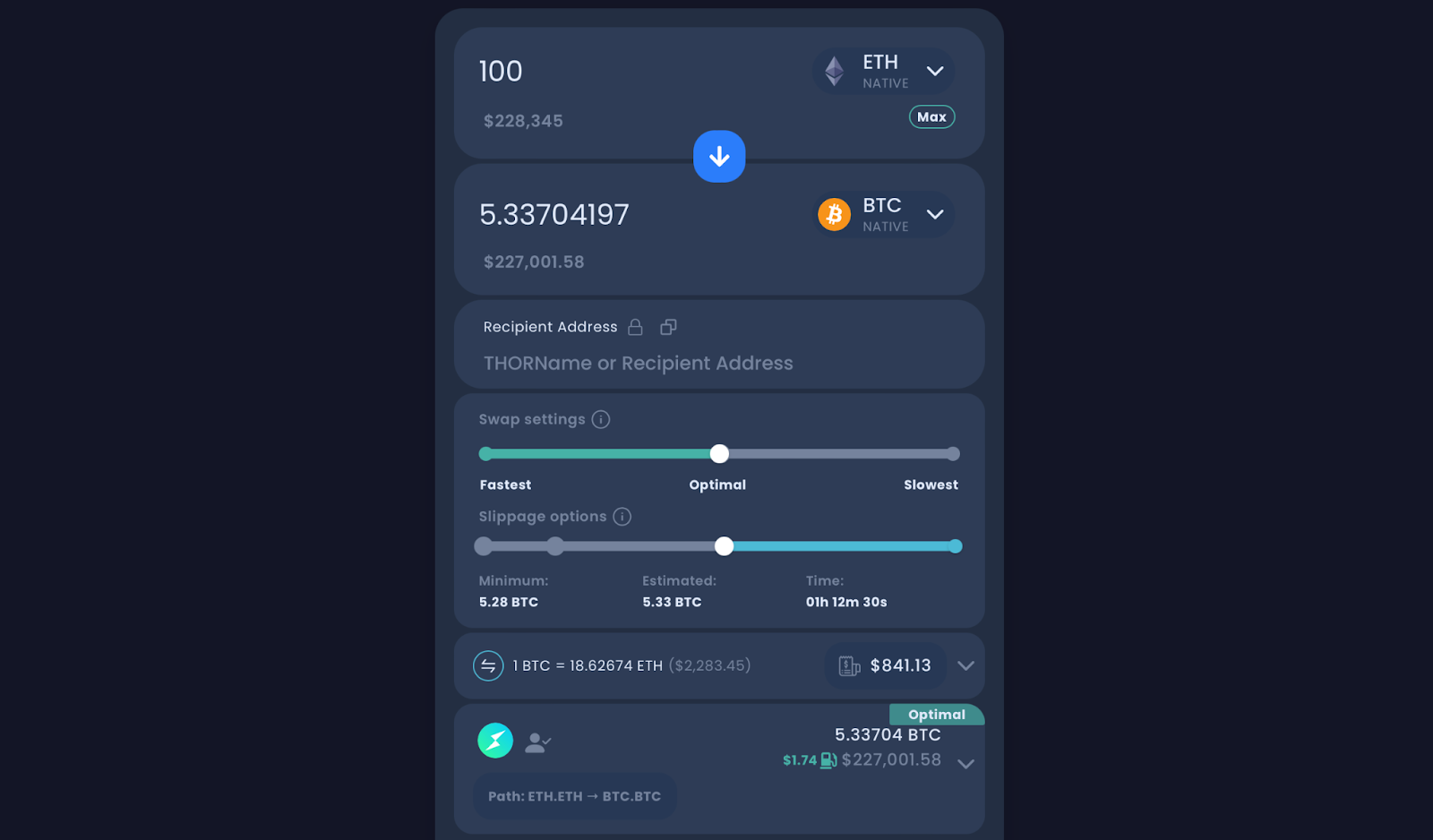
Transaction Steps: Bridge-based UX involves several manual steps—selecting assets, specifying target chains, and confirming on both source and destination networks. Chain abstraction enables one-click cross-chain transactions, bundling bridging, swapping, and signing into a single seamless action.
-
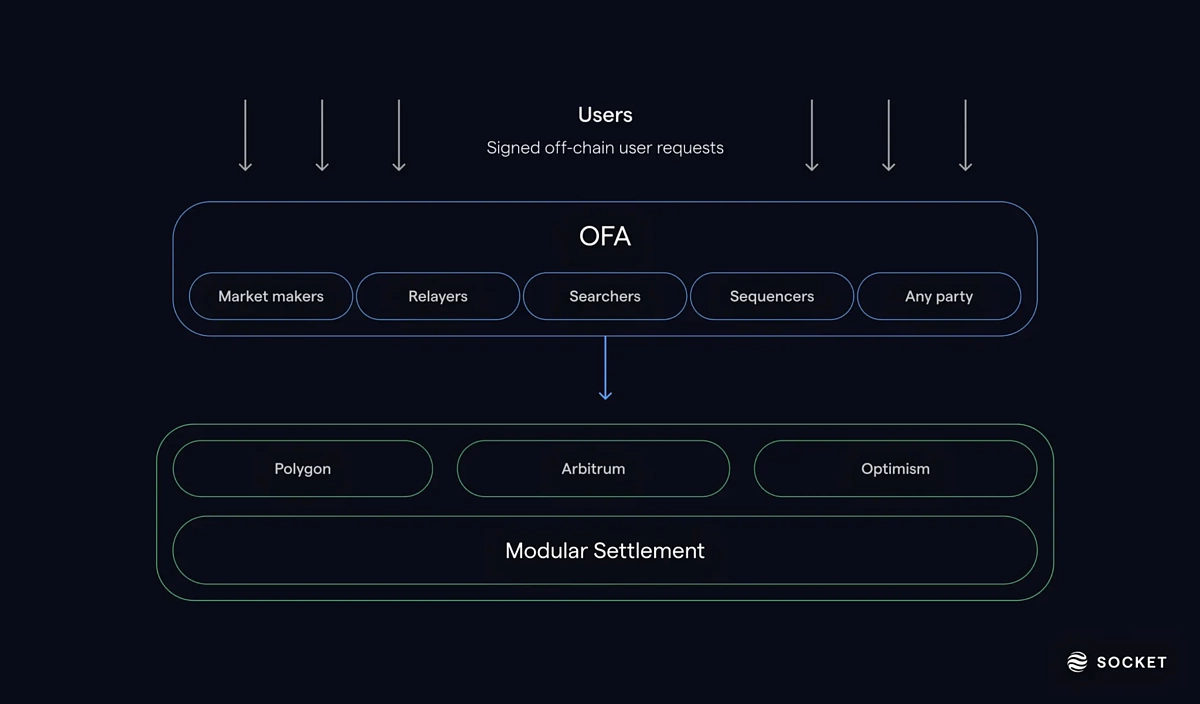
Security Model: Bridge-based UX exposes users to bridge-specific vulnerabilities and risks, as bridges are frequent targets for exploits. Chain abstraction leverages advanced cryptography (e.g., Multi-Party Computation and Chain Signatures) to minimize attack surfaces and reduce reliance on external bridges.
-

Gas & Fees Management: Bridge-based UX often requires users to hold and pay gas in multiple native tokens across different chains. Chain abstraction automates fee management, allowing users to pay in a single token or have fees abstracted away entirely.
-
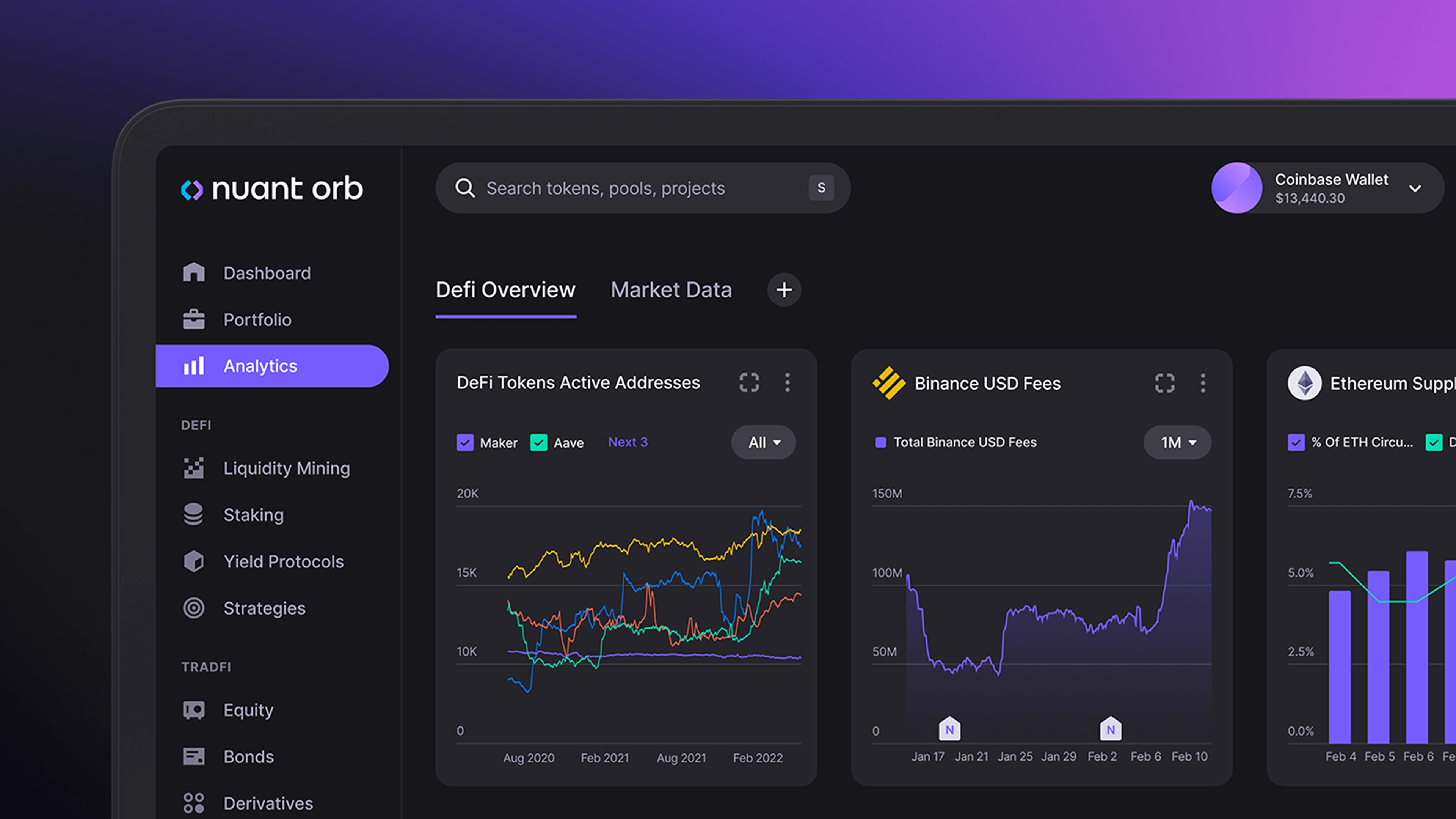
User Experience Consistency: Bridge-based UX can feel fragmented, with different interfaces and processes for each chain and bridge. Chain abstraction delivers a consistent, chain-agnostic experience across all supported blockchains, reducing cognitive load and onboarding friction.
The result is transformative: users perform cross-chain swaps or portfolio rebalancing with one click, while the infrastructure handles everything behind the scenes, routing transactions, optimizing gas fees, and ensuring security without exposing any of these details to end-users.
User Experience Reimagined: Invisible Complexity, Visible Simplicity
The most powerful aspect of chain abstraction is its impact on user experience. As highlighted by NEAR’s implementation, full chain abstraction envisions a world where blockchain interaction mirrors modern web apps, intuitive and frictionless. No more switching wallets or worrying about which network you’re using; all assets appear in one place and every transaction just works.
This evolution is more than just convenience, it’s about unlocking mass adoption by removing cognitive barriers. The next wave of decentralized finance will be defined by platforms that make cross-chain interoperability invisible yet robust. As protocols like zkCross Network demonstrate (see here), abstracted infrastructure can dramatically reduce risks associated with traditional bridging while streamlining onboarding for both new and experienced users.
Chain abstraction is a strategic leap for decentralized finance, addressing not just the technical pain points of bridging but also the deep psychological hurdles that have kept mainstream users at bay. Instead of forcing users to become experts in blockchain infrastructure, it empowers them to focus on value creation and participation. The underlying architecture quietly manages network selection, asset routing, and security protocols, all while presenting a unified crypto wallet interface that feels familiar and trustworthy.
Security, Speed, and Scale: Redefining Cross-Chain Interoperability
One of the most overlooked benefits of chain abstraction is its impact on security. By removing centralized bridge operators and replacing them with decentralized cryptographic coordination, like MPC networks or NEAR’s Chain Signatures, the attack surface shrinks dramatically. There’s less reliance on honeypot contracts or trusted intermediaries. Instead, the protocol itself enforces trustless execution across chains.
This model scales elegantly as new blockchains emerge. Developers can integrate additional networks without rewriting core logic or exposing users to new risks. For end-users, this means cross-chain swaps and dApp interactions remain consistently fast and secure, regardless of how many chains are involved.
Unified Wallets: The Gateway to Bridge-Free Finance
The rise of unified crypto wallets is perhaps the clearest sign that chain abstraction is ready for prime time. These wallets aggregate balances from multiple blockchains, automate gas payments (sometimes even letting users pay fees in any token), and present all assets in a single dashboard. Users can send funds from Ethereum to Solana or interact with a Cosmos-based dApp using their main account, all without ever leaving their wallet interface.
Essential Features of Modern Unified Crypto Wallets
-
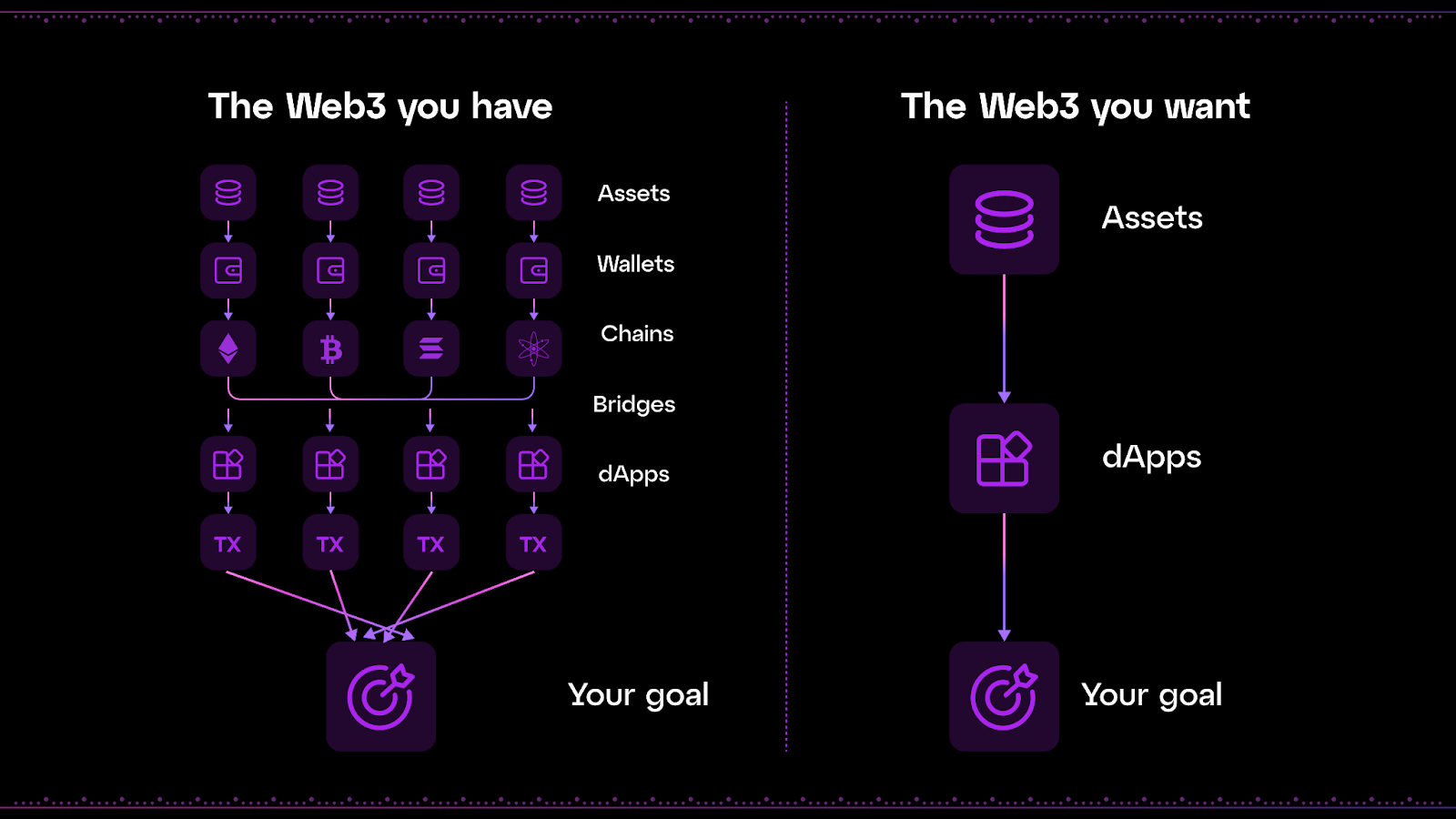
Chain Abstraction Support: Look for wallets like Backpack Wallet and Safe (formerly Gnosis Safe) that enable seamless cross-chain interactions, letting users transact across multiple blockchains without manual bridging or switching networks.
-

One-Click Cross-Chain Transactions: Platforms like Rabby Wallet and OKX Web3 Wallet offer streamlined interfaces for single-click swaps and transfers, abstracting away the complexity of traditional bridges.
-

Integrated Gas Fee Management: Opt for wallets such as MetaMask (with MetaMask Portfolio) that aggregate and optimize gas fees across networks, sometimes even allowing payment of gas in alternative tokens.
-
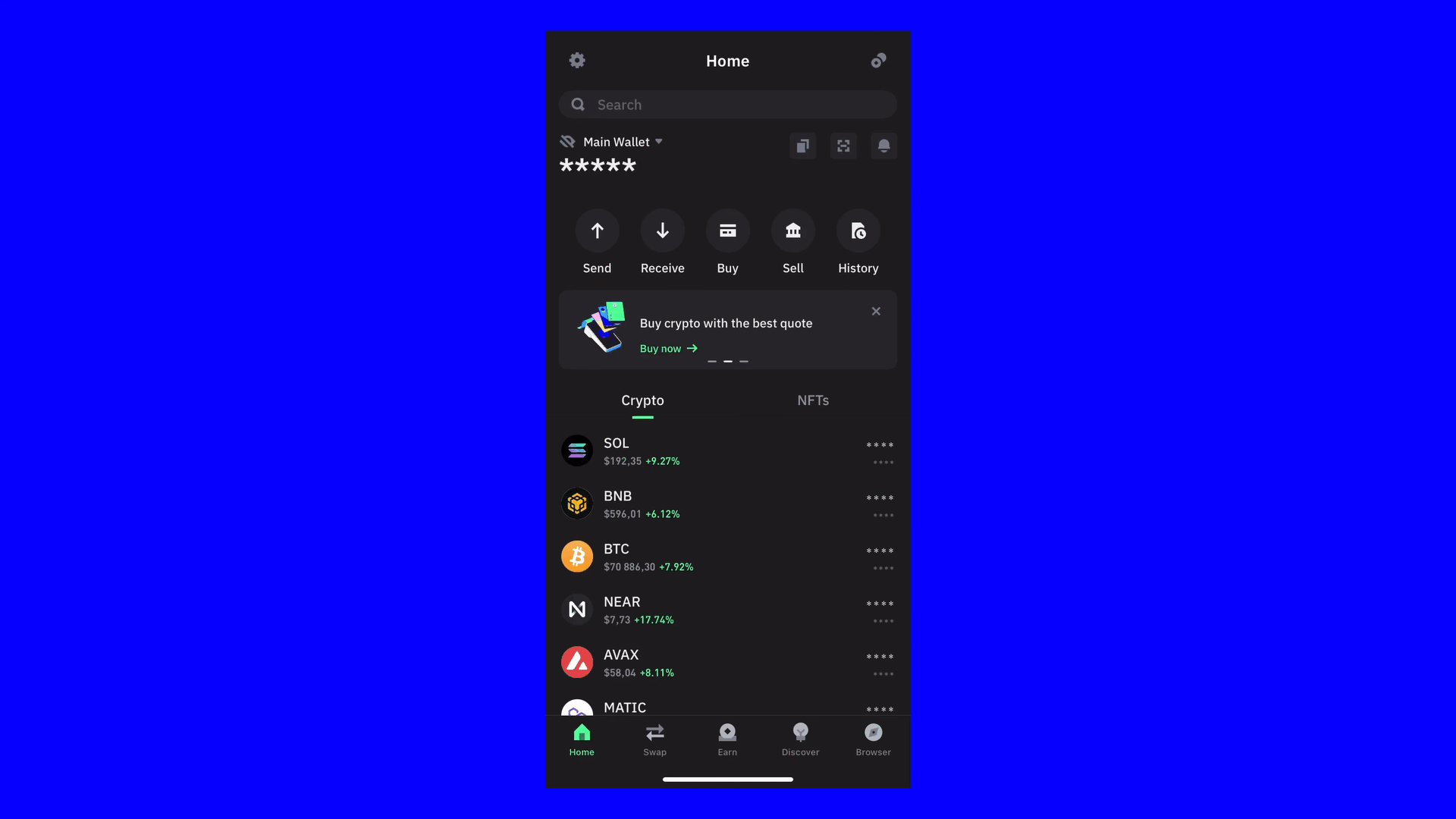
Intuitive, Unified User Experience: Seek wallets such as Trust Wallet and Coinbase Wallet that offer a clean, easy-to-navigate interface, abstracting technical details and making cross-chain activity accessible to all users.
This simplicity is driving a new standard for decentralized finance UX. As more platforms adopt bridge-free cross-chain technology, expect user expectations to shift rapidly toward one-click experiences as the norm, not the exception.
What Comes Next?
The future of cross-chain user experience will be defined by platforms that make complexity invisible and composability effortless. Chain abstraction isn’t just about convenience, it’s about building resilient infrastructure that can support global-scale applications without sacrificing security or usability.
For developers and innovators, now is the moment to reimagine what’s possible when every blockchain becomes interoperable by default. For users, it means finally accessing DeFi’s full potential without compromise or confusion.
Would you trust your assets to a fully abstracted multi-chain wallet?
Chain abstraction lets you manage and move assets across different blockchains seamlessly, without needing bridges or multiple wallets. With a unified interface and one-click cross-chain transactions, would you feel comfortable trusting your assets to this new kind of wallet?
